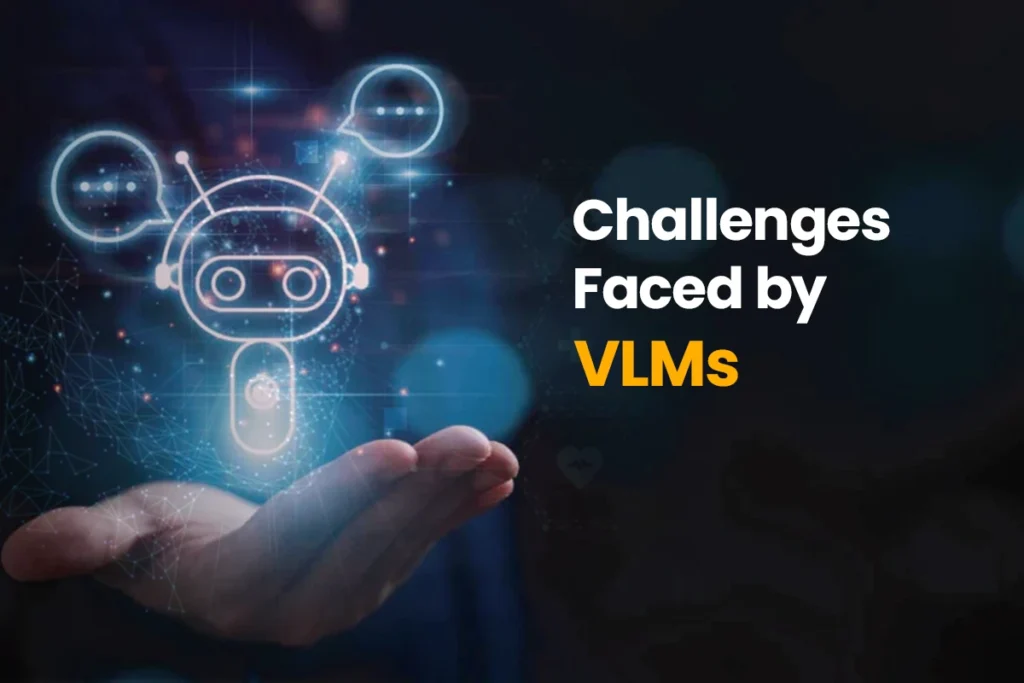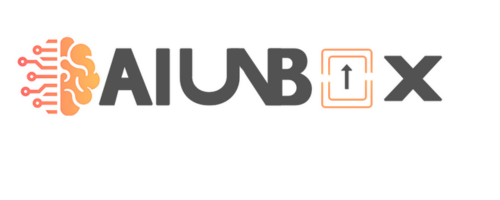Vision Language Models (VLMs) are a significant innovation in artificial intelligence, combining the strengths of both computer vision and natural language processing (NLP). These models are designed to bridge the gap between visual and textual data, enabling AI to process and interpret images, videos, and accompanying text simultaneously. The result is an AI system that can understand complex visual content and generate meaningful responses based on both visual inputs and textual queries.
VLMs operate through several stages: first, they receive data input in the form of images, videos, or text. The visual encoding stage extracts key features from images, such as shapes, objects, and colors, using advanced techniques like convolutional neural networks (CNNs). Following this, the model uses textual integration to analyze the accompanying text with natural language processing, allowing the model to connect visual data with textual context. Finally, through decoding, the model generates outputs such as image captions or answers to specific questions about the visual content.
VLMs can be applied in numerous fields, from automated image captioning and medical diagnostics to visual question answering. Despite their potential, challenges such as data bias, computational resource requirements, and the need for more precise contextual understanding remain areas of active research.
Data Input: The Foundation of VLMs
The initial stage in the operation of Vision Language Models is data input. VLMs require data in the form of images, text, or videos, and sometimes a combination of all three. The ability to process multimodal data—visual and textual—is a key feature that sets VLMs apart from traditional models that only work with one type of data.
For example, a VLM could receive an image of a dog and a text query like, “What color is the dog’s collar?” In this scenario, the image provides visual data, and the text query offers the contextual question. The VLM processes both data points simultaneously to generate a relevant and meaningful output.
At this stage, the input data could be:
- Images: Still images containing various objects and features.
- Text: Descriptions, queries, or additional context associated with the image.
- Videos: A dynamic input, where both visual sequences and textual annotations might be involved to understand changing scenarios.
The integration of both image and text is what allows VLMs to produce more nuanced and accurate outputs compared to single-modality models like those solely focused on text or image analysis.
Visual Encoding: Breaking Down the Visual Data
Once the input is received, the next step is visual encoding. This process is crucial because it converts the raw visual data (images or video frames) into a form that the model can understand and process. For this task, VLMs typically rely on neural networks, particularly Convolutional Neural Networks (CNNs), which are widely used in computer vision tasks.
CNNs work by:
- Detecting Shapes: Identifying geometric features like edges, curves, and other building blocks that form objects in an image.
- Recognizing Colors: Analyzing the color properties within an image, categorizing them to understand visual details.
- Classifying Objects: Categorizing items in the image, such as animals, vehicles, or trees, to identify what is present.
- Spatial Awareness: Understanding the relative positions of objects in an image and how they interact with each other in the visual space.
For example, in a picture of a dog sitting on the grass, the CNNs may detect the dog’s shape, recognize the grass, and note the presence of other objects, such as a tree or a fence in the background. This feature extraction forms the visual context necessary for the next steps.
Textual Integration: Merging Text and Visual Data
The next crucial step in the VLM process is textual integration. After analyzing the visual data, the VLM turns its attention to any textual input that accompanies the image. This is where Natural Language Processing (NLP) techniques come into play. NLP is the technology that allows machines to process and understand human language.
In this stage, the VLM uses NLP methods to:
- Interpret Queries: When the model receives a textual question or instruction related to the image (e.g., “What is the weather like in this image?”), it decodes the query to understand the user’s intent.
- Link Text with Visual Data: By combining the visual encoding results (features like shapes and objects) with the text, the model creates a richer understanding of the context. This enables the VLM to answer questions based on the combination of visual and textual inputs.
For instance, if the query is “What is the color of the dog’s collar?” The VLM uses both the visual encoding of the dog and the textual question to produce the answer, such as “The collar is red.”
Textual integration is essential because it aligns the model’s understanding of the visual data with the textual cues, allowing it to generate more relevant responses to questions or requests.
Decoding Outputs: Generating Contextual Responses
The final step in the VLM process is decoding. At this stage, the model uses the combined understanding of both visual and textual inputs to generate an output. This output could be a descriptive caption, a classified object, or a direct answer to a query.
A decoder truth table plays a key role in this phase. It is a decision-making framework that ensures the outputs are logical and contextually relevant. This truth table helps the model determine which features from the image or video are most relevant to the query and guides the model in producing a coherent response.
For example, if the query is “What animal is in the image?” and the VLM has detected a dog in the image, the decoder truth table will prompt the model to respond with “dog” as the correct answer. Similarly, if the query asks for more complex information, such as “What is the relationship between the dog and the tree?” the model can provide a more contextual response, such as, “The dog is sitting under the tree.”
This decoding process ensures that the outputs are not only relevant to the input data but also logically sound, making VLMs highly effective for tasks that involve both image recognition and textual understanding.
Challenges Faced by VLMs
While VLMs represent a significant leap forward in AI capabilities, they are not without their challenges. Some of the primary challenges include:

- Data Variability: Variations in the quality of images, such as lighting, resolution, or angles, can make it difficult for the model to accurately interpret the visual data. Similarly, the complexity and ambiguity of textual queries can also pose challenges.
- Bias in Data: Like all AI models, VLMs are susceptible to biases present in their training data. If the dataset used to train the model contains biases—whether in terms of gender, race, or other factors—the model’s outputs can reflect those biases.
- Computational Requirements: VLMs, particularly those that combine complex visual and textual data, require significant computational resources. Processing large images and intricate text queries can demand high processing power, which may limit the scalability of such models for real-time applications.
- Contextual Understanding: One of the major challenges is ensuring that the model fully understands the context of both the visual and textual inputs. For example, distinguishing between a question about an object in an image versus a general statement can sometimes lead to misinterpretations if not properly contextualized.
Conclusion
In conclusion, Vision Language Models (VLMs) leverage key capabilities like shape detection, color recognition, object classification, and spatial awareness to interpret and understand complex visual data. By combining these elements with natural language processing, VLMs enable AI systems to generate accurate and meaningful responses, making them invaluable tools for a wide range of applications, from image captioning to advanced visual question answering. As the technology continues to evolve, the potential for VLMs to revolutionize industries and enhance human-AI interaction is immense.
FAQs
1. What are Vision Language Models (VLMs)?
Vision Language Models (VLMs) are AI models designed to process and analyze both visual and textual data. They combine computer vision techniques to analyze images and natural language processing methods to interpret text, enabling the model to generate responses based on both modalities.
2. What role does the decoder truth table play in VLMs?
The decoder truth table is a mechanism that ensures the model’s outputs are logical and contextually valid. It guides the model in selecting the most relevant information from both the visual and textual inputs to generate accurate and coherent responses.
3. What are some challenges VLMs face?
Some challenges faced by VLMs include data variability (such as poor image quality or complex text), biases in training data, high computational requirements, and difficulties in ensuring accurate contextual understanding of both visual and textual inputs.

